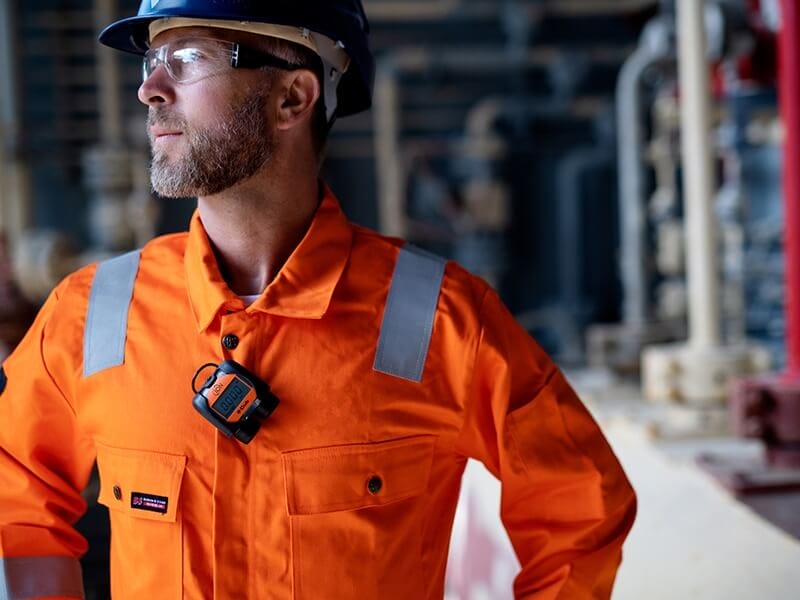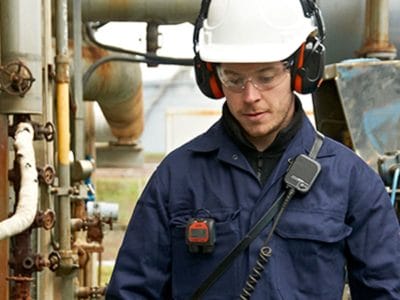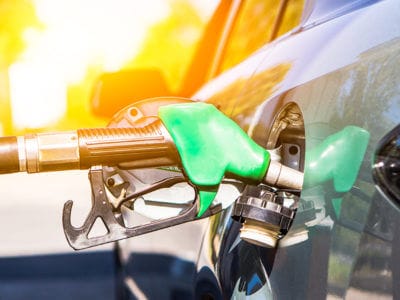
Occupational Exposure to Toxic Chemicals
1 worker dies every 30 seconds due to exposure to toxic gases in the workplace
A personal unit is assigned to each worker. Continuous monitoring of the worker’s breathing zone may alert the wearer when the environment becomes unsafe.
The ION Science Cub personal volatile organic compounds (VOC) gas detector is worn within the breathing zone to detect exposure to toxic gases and keeping workers safe within their working environment.
Monitoring Employee Exposure to Toxic Gases
Occupational Hygienists undertake surveys and evaluate risks to health in the workplace by accurately measuring levels of exposure. Often these are measured through precise specialist equipment that records data, for example, the ION Science Cub.
Occupational Hygienists will be concerned with controlling health risks in practical and cost-effective ways by assessing and resolving practical problems. This will involve looking at the short and long-term health effects, caused by both acute and chronic exposure to hazards and toxic gases. This helps an organization to respond effectively to legislative requirements.
Personal Protective Equipment (PPE)
It is preferable to remove the risks totally or change ways of working, but if this is not practicably achievable, personal protective equipment is often used as part of control measures. This also needs checking and maintenance because if it fails, it no longer provides protection and exposes the wearer to danger.
Portable gas detectors are classed as a type of personal protective equipment (PPE), designed to keep personnel safe from gas hazards and allow mobile testing of locations before they are entered. These small devices are essential in many areas where gas hazards could occur, because they are the only means of monitoring an operator’s breathing zone continuously, whilst stationary or moving.
Monitoring Personal Exposure
Monitoring typically means ‘air sampling’ but it may also involve taking biological samples, e.g. breath or urine. Monitoring normally makes reference to ‘Workplace Exposure Limits’ (WELs) and these limits should not be exceeded. Effective monitoring of VOCs can be achieved by coupling an accurate discrete detector, like the ION Cubs with a data logger. The data logging capability is constantly measuring one’s exposure to toxic gases. This can then be viewed, understood, and reported.
Download Our FREE Guide
“Occupational Exposure To Toxic Chemicals”
The Occupational Exposure To Toxic chemicals guide which can be downloaded below provides details of exposure to airborne contaminants, the standard procedure is the assessment of inhalation exposure. This includes the determination of the air concentration that workers are exposed to, or in the case of airborne particles, the air concentration of the relevant fraction, e.g., the “respirable fraction” and the duration of the exposure. If routes other than inhalation contribute appreciably to an individual uptake of a chemical, an incorrect judgment may be made by looking only at the inhalation exposure. In such cases, total exposure has to be assessed, and a very useful tool for this is a personal, body-worn photoionization detector (PID).

Personal Gas Detection Equipment for Worker Safety
Download your FREE Guide
Simply complete the form below to obtain your FREE Guide on ‘Occupational Exposure to Toxic Chemicals”.


















